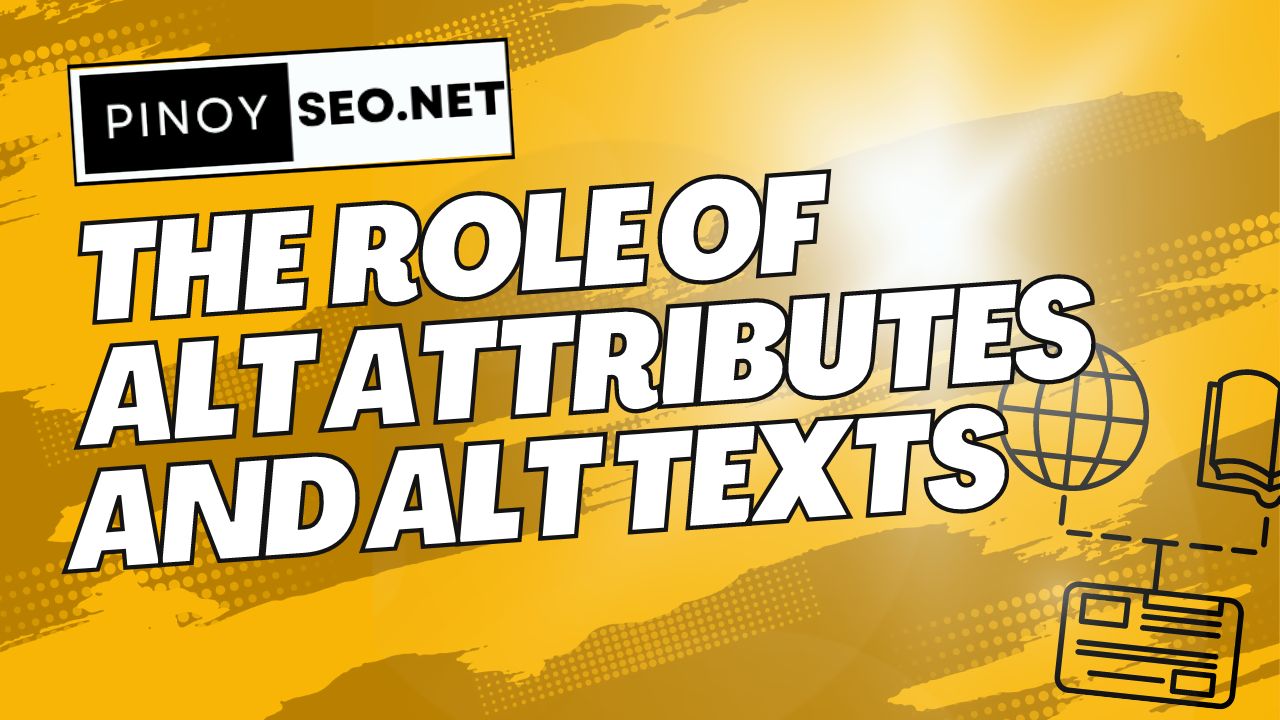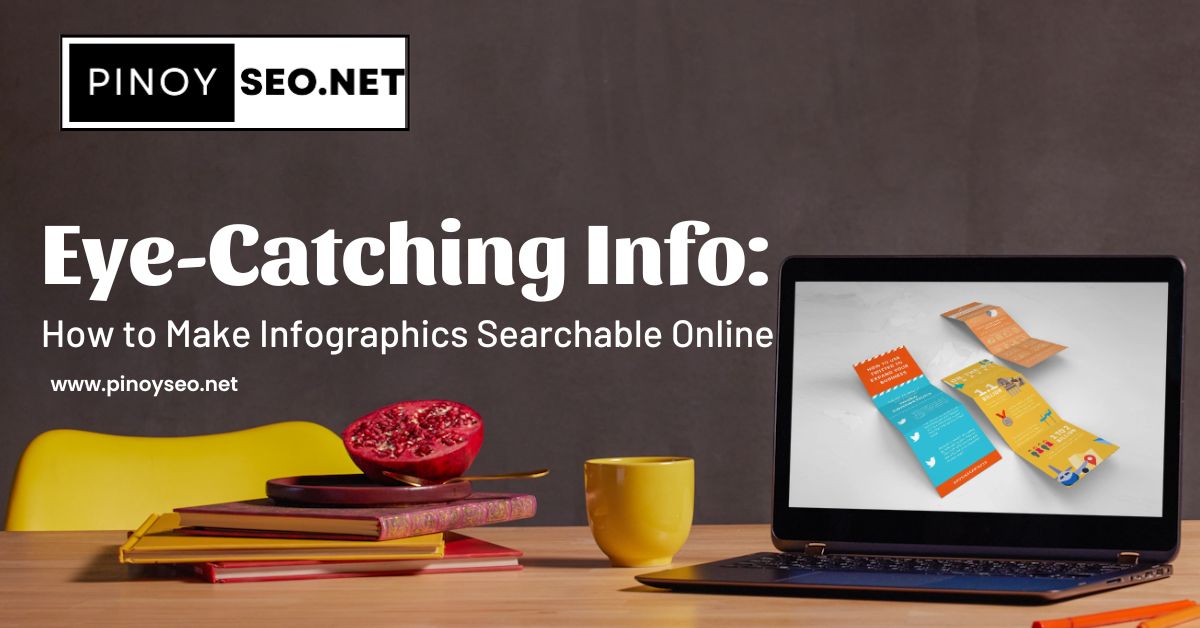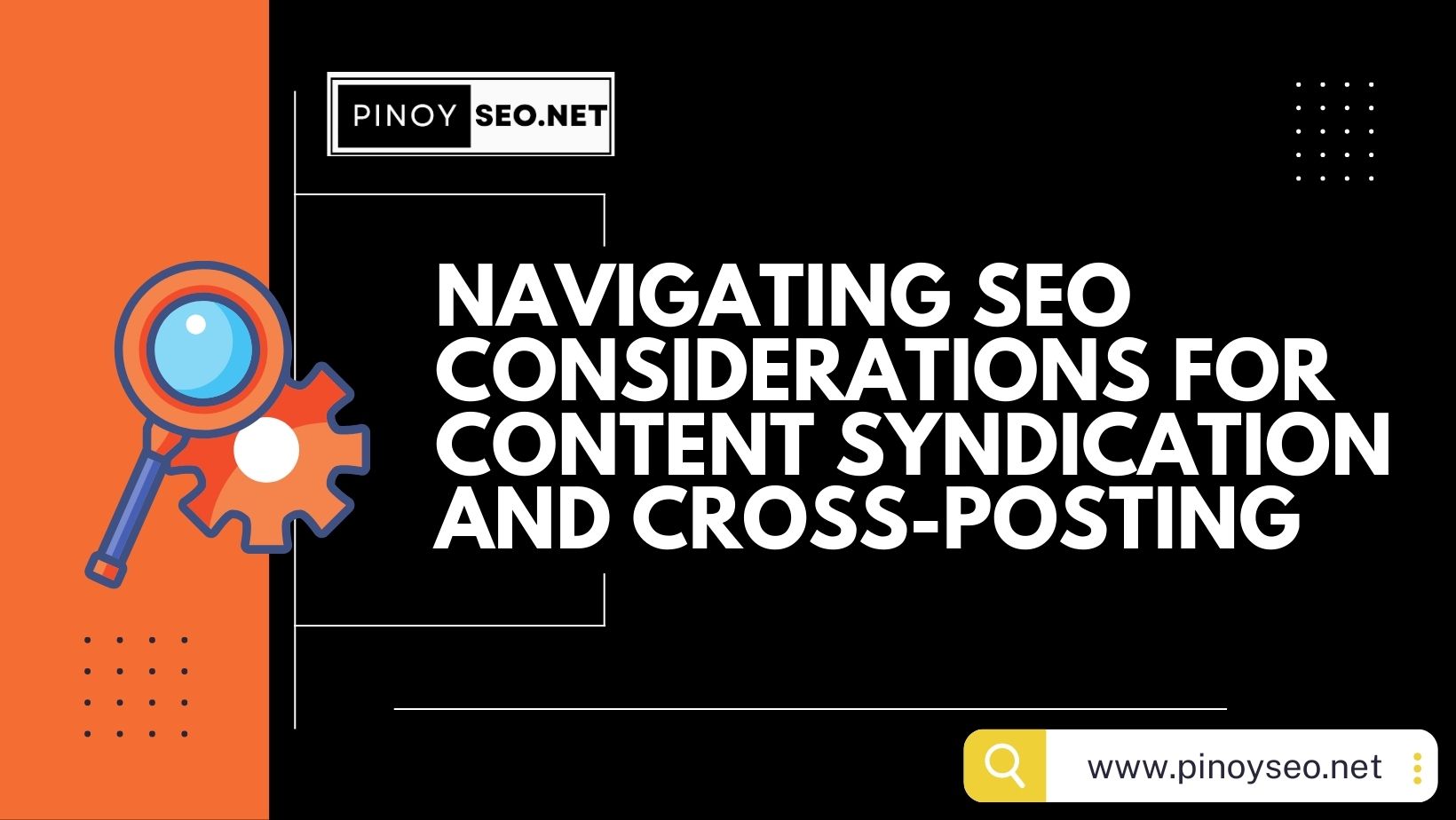In the intricate world of SEO, where every element contributes to website visibility, alt attributes and alt texts emerge as unsung heroes with a significant impact. These seemingly small pieces of metadata play a crucial role in enhancing your website’s accessibility, user experience, and ultimately, its search engine rankings. In this article, we delve into the vital role that alt attributes and alt texts play in achieving SEO success.
Understanding Alt Attributes and Alt Texts
* Defining Alt Attributes
Alt attributes, or “alternative attributes,” are HTML attributes assigned to images on web pages. They provide a textual description of the image’s content for users who may not be able to view the image due to various reasons, such as screen readers for the visually impaired or slow internet connections.
Example: Imagine a webpage featuring a product image of a red dress. The alt attribute for this image might be “Red Dress – Front View.”
*Unraveling Alt Texts
Alt texts, also known as “alt descriptions” or “alt tags,” are the actual descriptive texts that accompany images through the alt attribute. These texts communicate the essence of the image to users who cannot see it, ensuring that everyone receives a comprehensive understanding of the content.
Example: A blog post about travel destinations includes an image of a serene beach. The alt text for this image could be “Tranquil Beach Sunset at [Destination Name].”
Enhancing Accessibility and User Experience
* Bridging the Accessibility Gap
Alt attributes and alt texts break down barriers for individuals with disabilities. Screen readers rely on these descriptions to narrate images, making the web more inclusive and enabling those with visual impairments to engage with the content seamlessly.
Example: A visually impaired user visits an online fashion store. Thanks to well-crafted alt texts, their screen reader accurately describes the products, empowering them to make informed choices.
* Facilitating Better User Experience
When images fail to load, well-crafted alt texts step in to provide context. This is particularly useful in scenarios where users have slow internet connections or disabled image loading. A succinct and descriptive alt text ensures that users still comprehend the message the image intended to convey.
Example: A user visiting a news website with slow internet speed sees placeholder boxes instead of images. The alt texts alongside these placeholders help them understand the visual content that’s missing.
The SEO Impact of Alt Attributes and Alt Texts
* SEO and Image Search
Search engines can’t directly interpret images, relying on textual cues to understand their content. Properly optimized alt attributes and alt texts provide search engines with the necessary information to index and rank images accurately.
Example: An online recipe blog features images of delicious dishes. Well-optimized alt texts help search engines recognize and display these images in relevant search results.
* Keywords and Relevance
Strategically incorporating relevant keywords into alt texts can enhance the overall SEO of a page. However, it’s crucial to strike a balance between optimization and meaningfulness, as stuffing alt texts with keywords can be detrimental to user experience.
Example: A blog post about “best hiking gear” includes images of hiking boots and backpacks. The alt texts include relevant keywords like “high-quality hiking boots” and “durable hiking backpacks.”
Crafting Effective Alt Attributes and Alt Texts
* Descriptive Precision
Alt texts should be concise yet descriptive. Aim to encapsulate the image’s essence in a few words while conveying its significance within the context of the content.
Example: An online furniture store displays an image of a sleek sofa. The alt text accurately describes it as “Modern Grey Sofa with Clean Lines.”
* Contextual Relevance
Tailor alt attributes and alt texts to align with the surrounding content. A well-integrated alt text enhances both user comprehension and SEO value.
Example: A travel blog post about European cities features an image of the Eiffel Tower. The alt text seamlessly integrates with the content by saying “Iconic Eiffel Tower in Paris, France.“
The Future of Alt Attributes and Alt Texts
* Voice Search and Visual Search
As technology evolves, alt attributes and alt texts play a crucial role in voice and visual search. Search engines use these textual cues to provide relevant results in response to voice queries or image-based searches.
Example: A user asks their voice assistant, “Show me fashionable summer dresses.” Well-optimized alt texts ensure that relevant dress images are presented as results.
* Evolving SEO Algorithms
Search engines continuously refine their algorithms to prioritize user experience. Well-optimized alt attributes and alt texts contribute positively to these algorithms, driving better rankings for websites that prioritize accessibility.
Example: A news article about sustainable fashion trends gains visibility not only due to its content but also because of its well-optimized alt texts for relevant images.
Elevating SEO with Alt Attributes and Alt Texts
In the ever-evolving landscape of SEO, the role of alt attributes and alt texts continues to grow in significance. Beyond their technical function, these elements align with the principles of inclusivity, accessibility, and enhanced user experience. By weaving descriptive alt texts and meticulously crafted alt attributes into your website’s fabric, you not only cater to diverse audiences but also pave the way for SEO success that resonates in the digital realm.


